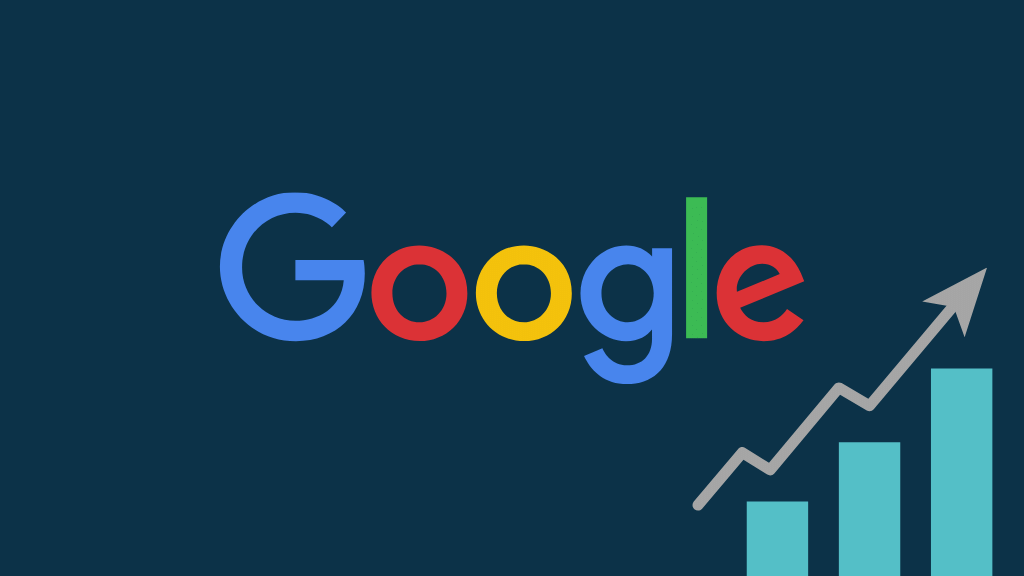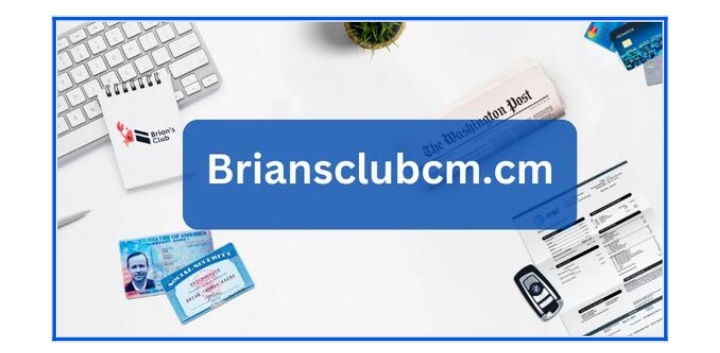Recovering from a Google Algorithm Penalty to Restore Your Online Business
Google’s algorithm penalty is a term that sends shivers down the spine of many website owners. It’s a punitive action taken by Google when a website violates the search engine’s guidelines. This penalty can significantly impact a website’s ranking, visibility, and ultimately, its traffic.
Understanding Google’s algorithm penalty is crucial for anyone invested in SEO and helps businesses stay ahead of the curve. It’s not just about avoiding penalties, but also about maintaining a healthy and user-friendly website. The impact of these penalties can be severe, so it’s essential to stay informed and ahead of the game.
Google’s algorithm is constantly evolving, making it a moving target for marketers and website owners. Staying updated with these changes and understanding how they can affect your website is the key to surviving in this ever-changing digital landscape.
What is Google’s Algorithm Penalty?
Google’s algorithm penalty, also known as Google Penalty, is a harsh instrument wielded by the search engine giant. It’s executed when a website disregards Google’s elaborate Webmaster Guidelines which are set to ensure consistent, qualitative, and user-friendly internet experiences. The name “penalty” is derived from the crippling effect it has on a webpage’s placement in Google’s search engine results page (SERP).
If Google finds out that a website has been using black-hat SEO tactics such as keyword stuffing, low-quality content, or unnatural inbound links, it’s fast to issue a penalty. There are two types of penalties Google might impose:
- Manual penalties are designated when someone from Google’s team pays attention to some shady behavior on a webpage, scrutinizes it, and then inflicts the punishment if needed.
- Algorithmic penalties materialize when Google’s spiders detect unusual activity without a human reviewer’s help.
Understanding the difference between manual and algorithmic penalties is important. Manual penalties come with a notification from Google explaining the problematic behavior, while algorithmic penalties are sneaky and don’t provide any warnings or explanations.
Websites that have been hit by Google’s algorithm penalty typically experience a considerable fall in rankings and traffic. It can severely hamper the site’s overall visibility in Google’s SERP, reducing its perceived authority, user reach and conversion rates, as well as potentially leading to a loss in revenue. An algorithm penalty is a setback no website owner wants to endure. Therefore, individuals involved in digital marketing and SEO must understand Google’s guidelines and abide by them to maintain their ranking.
Google’s algorithm penalty is not just a tool for punishing websites, it’s also Google’s way of ensuring that there is equality and fairness within the digital marketplace. However, the effects of a penalty can be long-lasting and impactful. So, always stay up-to-date with the latest changes in Google’s guidelines and adjust your SEO strategies accordingly.
Types of Google Algorithm Penalties
Recognizing the two primary categories of Google algorithm penalties is critical. They’re known as manual actions and algorithmic penalties.
A manual action penalty is applied when a human reviewer at Google concludes that pages on a site are not compliant with Google’s webmaster’s best practices. When Google’s spam team detects an anomaly, it investigates the issue manually. Should a website be proven to break the rules, a manual action notice is sent via Google Search Console, outlining the specifics of the infraction. That’s the primary distinguishing constitutional element – one gets a notification about it. If swift corrective action isn’t taken, the website exposure in Google’s search results could take a severe hit.
On the other hand, algorithmic penalties are a different beast altogether. These penalties are automatic and are applied when Google’s algorithms find manipulative or suspensive behavior that violates Google’s guidelines. Unlike a manual action, Google does not inform the webmaster. They’re harder to identify because they’re usually rolled out with broad core algorithm updates. Despite sounding less threatening, they can cause significant harm. It’s a sudden drop in rankings without any apparent reason. That’s usually the tip-off that something is wrong.
Manual Penalties vs. Algorithmic Penalties: The Differences
Understanding the key differences between manual and algorithmic penalties isn’t just academic; it’s practical. While manual actions are direct and come with a notification, algorithmic penalties are indirect, automatic, and come without any warning from Google.
Identifying the type of penalty applied to a website is the first step to resolving these issues. It determines how an individual approaches the penalty and what steps they need to take to get their website ranking restored. It’s essential for website owners and SEO professionals to stay ahead of the game. They should constantly monitor their website’s SEO and stay up-to-date with Google’s guidelines. This way, they’ll increase the chances of avoiding penalties, thereby reducing their website’s fall in rankings.
Common Causes of Google Algorithm Penalties
When it comes to Google’s algorithm penalties, they’re often triggered by specific website practices. Here’s a closer look at some of the most common causes.
Content Quality often becomes a critical cause of algorithm penalties. Google’s Panda update, for instance, targets low-quality, thin, duplicated, or spun content. Websites with such content tend to suffer a downgraded ranking. Therefore, it’s important to focus on producing high-quality, unique and insightful content to avoid such penalties.
Next up is the User Experience (UX). Google’s algorithms prioritize websites that offer a seamless, engaging experience to their audience. Factors like site speed, mobile optimization, and ease of navigation play a key role in your site’s performance. Poor UX can lead to an algorithmic penalty, affecting a site’s rank drastically.
Backlink profiles are another area under Google’s scrutiny. Google’s Penguin update targets websites with unnatural backlink profiles. These could be links from low-quality or irrelevant sites, paid links, or any form of unnatural link schemes. Google imposes penalties on sites found guilty of such practices.
Keyword Stuffing is considered an aggressive SEO tactic and Google’s algorithm is keen at detecting such strategies. Overusing keywords in a website’s content, meta tags or anchor texts is not only unnatural but goes against Google’s guidelines, often leading to penalties.
Recognizing these common causes and taking preventative measures is vital. Complying with Google’s guidelines, whether it’s about maintaining high-quality content or avoiding black hat SEO techniques, can protect a website from potential Google’s algorithm penalties. Do not forget – it’s not just about avoiding penalties, it’s about building a reputable online presence.
How to Detect if Your Website Has Been Penalized
Detecting a Google algorithm penalty isn’t always straightforward. However, there are a few indicative signs that could suggest if a website’s been penalized. Listed below are some of the steps to check whether or not a site’s been hit.
Monitoring Traffic: A significant drop in organic search traffic can signify a Google penalty. Using Google Analytics, one can evaluate the traffic data, specifically looking for any sharp or gradual decrease in numbers. If a significant fall right after a Google algorithm update is noticed, that might be a penalty.
Checking Search Engine Ranking: Another way to identify a penalty is by monitoring keyword rankings. There’s a multitude of SEO tools like SEMrush or Ahrefs that can track and report changes in keyword rankings. A sudden drop in several keyword rankings might hint towards an algorithm penalty.
Using Google Search Console: Google Search Console is an essential tool for any website owner. Google sends messages directly if a manual penalty’s been imposed on a website. Therefore, regularly checking the Console can be incredibly beneficial.
Manual Research: Simply typing the website’s name or its primary keywords into the Google Search can reveal a lot. If the ranking’s drastically lowered or the website doesn’t show up at all, this could be due to a penalty.
It’s important to keep in mind that fluctuations in traffic or search engine ranking can occur due to other factors as well. The aforementioned points are just indicators, and further investigation might be needed to confirm if it’s indeed a Google penalty.
To do this accurately, one should be consistently monitoring various data regarding their website. This includes backlink profiles, keyword rankings, and traffic patterns. This constant vigilance will allow for quick action if something is amiss.
How to Recover from a Google Algorithm Penalty
Recovering from a Google algorithm penalty begins with identifying the exact cause. Accurate diagnosis is key to defining the appropriate remedial action. Misattributed issues may lead to futile attempts at resolution. This may entail reviewing the quality of website content, assessing user experience, scrutinizing the backlink profile, and examining keyword usage.
The subsequent step involves addressing the identified issue in a manner compliant with Google’s guidelines. If the violation lies in the realm of content quality, it’s mandatory to review and revise, ensuring that the material is valuable, unique, and informative. Webmasters ought to move away from thin content, duplicate information, and anything that doesn’t provide real value to users.
Next on the agenda is the enhancement of user experience. This goes beyond aesthetic web design. It’s the website simplicity, speed, mobile-friendliness, and navigability that draw the line. Webpages should load swiftly, navigation must be clear and straightforward, and the website should be easily accessible and readable across several devices.
Subsequently, scrutiny of backlink profiles should follow. Backlinks work much like online reputations. A website gains superior reputation and rankings when quality, trustworthy sites link to it. To build a healthy backlink profile, web developers must disassociate from low-quality links, be internally consistent with linking and ensure that external links are relevant and reputable.
Lastly, staying clear of keyword stuffing is non-negotiable. Although keywords are crucial to SEO, Google penalizes websites that ‘overstuff’ keywords in a bid to manipulate rankings. The key is natural, strategic placement of keywords on a site.
After tackling these issues, it’s paramount that websites undertake an ongoing process of monitoring and regular adjustments. Highly recommended tools for this process are Google Search Console and Analytics, which offers comprehensive metrics and data for thorough analysis.
Do remember that recovery from a Google algorithm penalty isn’t necessarily a fast process and one might not witness an immediate bounce back in their rankings or traffic which is why other forms of marketing are key during the recovery process. However, perseverance, systematic improvements, and maintaining alignment with Google’s guidelines are the pathway to long-term success.
Recovering from a Google algorithm penalty is often a challenging journey. It’s not a swift process but one that demands patience, diligence, and a keen understanding of Google’s guidelines. The path to recovery lies in identifying the root cause of the penalty and taking corrective measures. This can involve an overhaul of website content, a thorough examination of the backlink profile, and a commitment to enhancing user experience. It’s also crucial to remember that avoiding keyword stuffing is key to maintaining a healthy relationship with Google. Regular monitoring and adjustments are essential, and tools like Google Search Console and Analytics can prove invaluable in this regard. So, while the road to recovery may be long and arduous, perseverance and adherence to Google’s guidelines can lead to long-term success.






